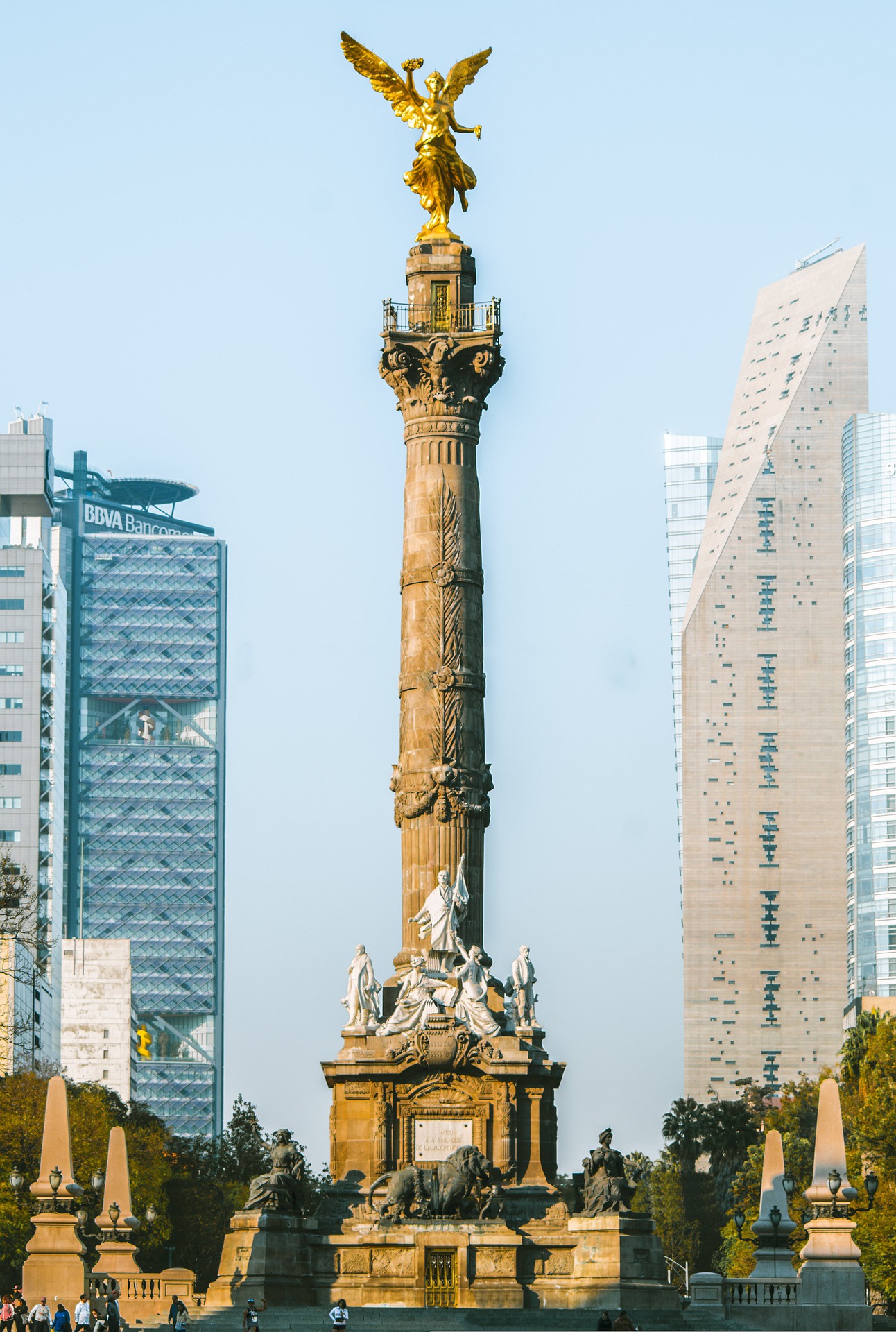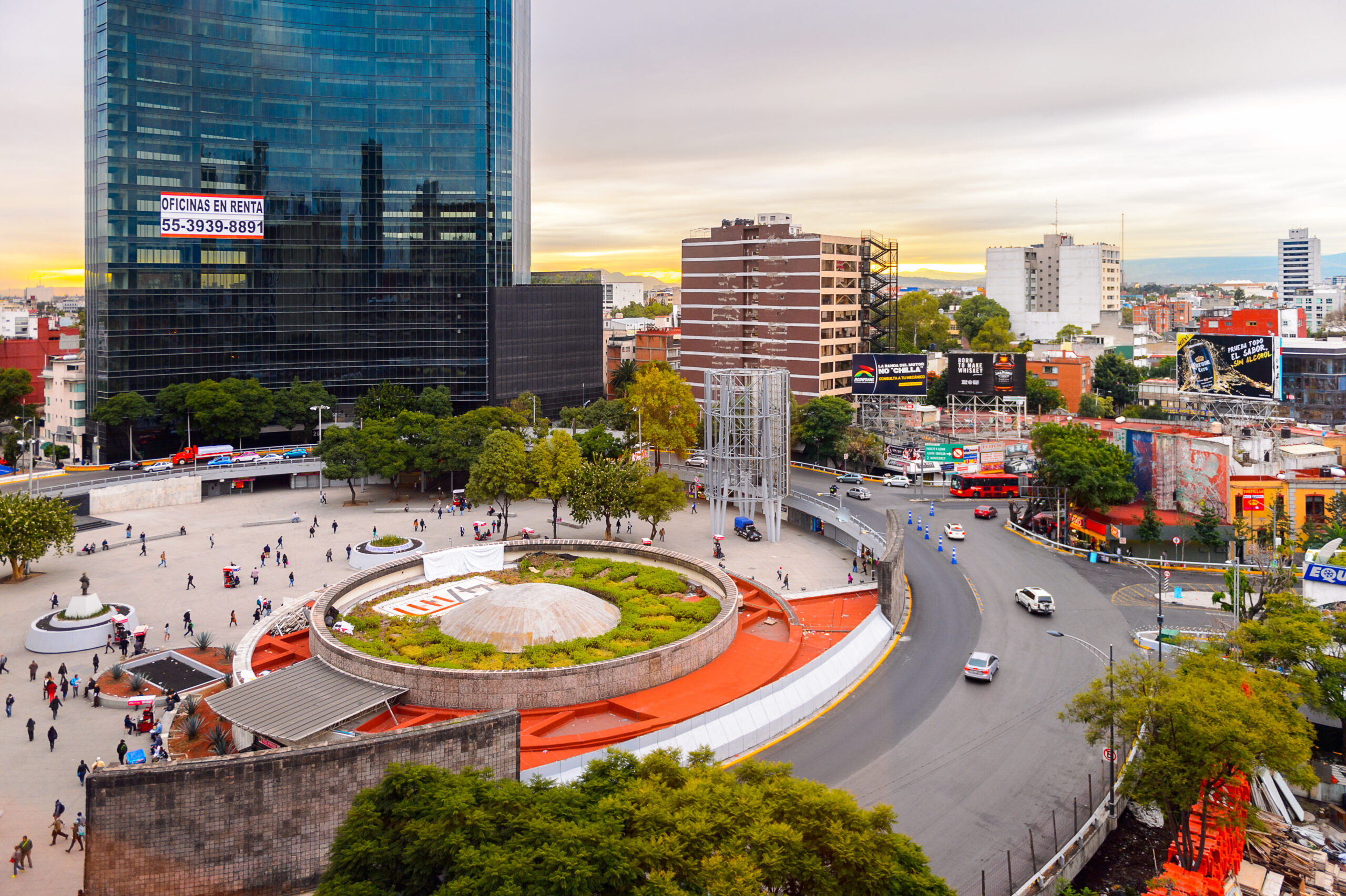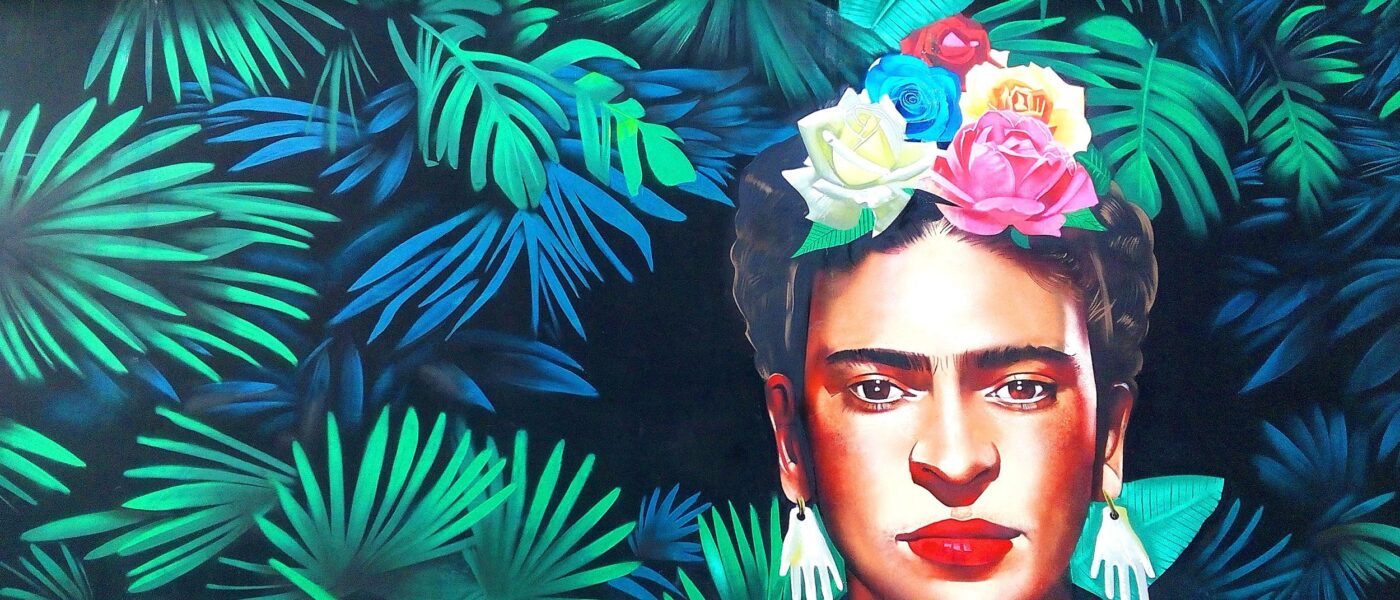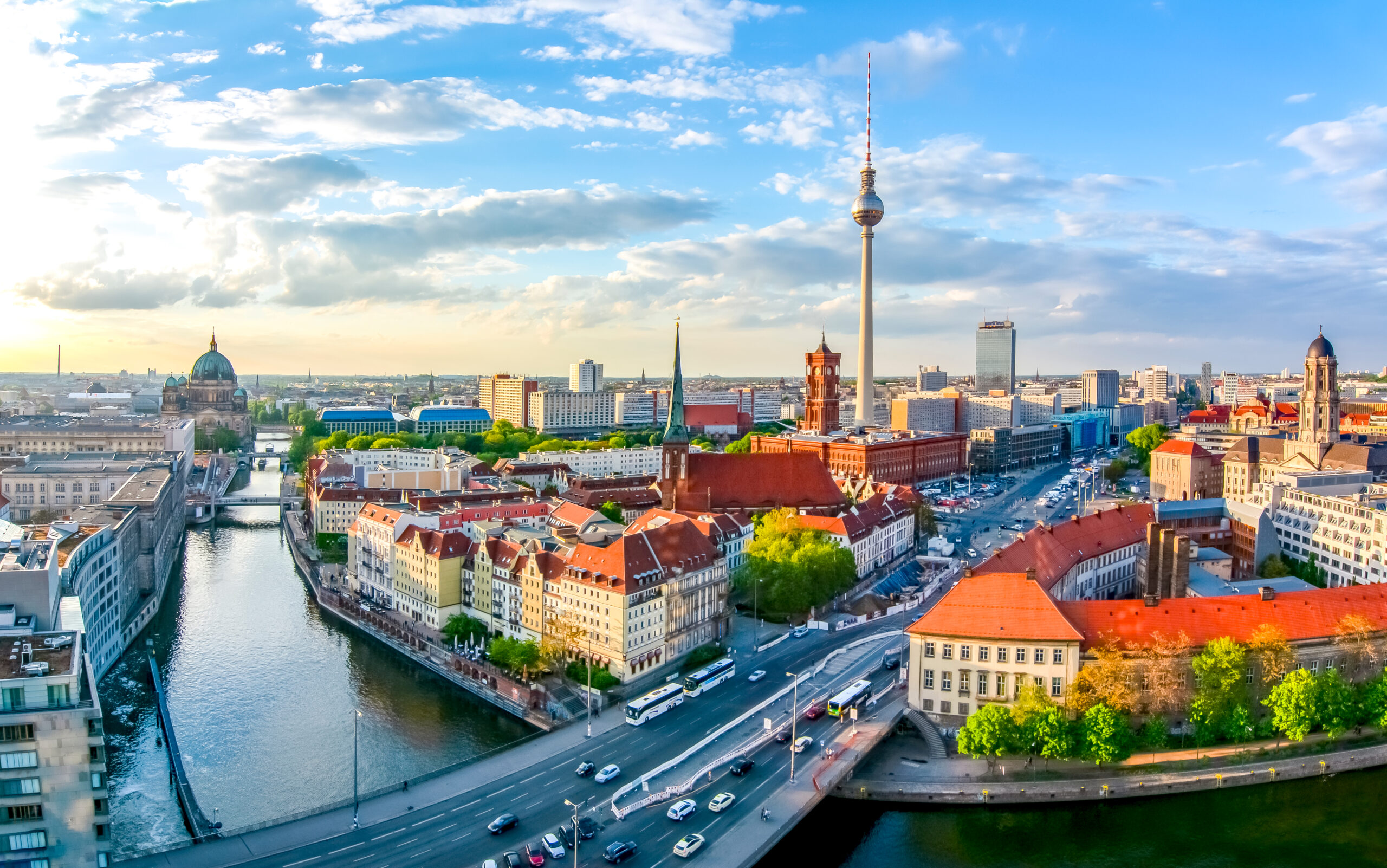LGBTQ+ Culture Crawl Through Mexico City
The fight for LGBTQ+ rights in Mexico has been both turbulent and triumphant. Mexico City, the county’s capital, is sprinkled with reminders of past and present queer icons fighting to change the narrative. Here, history does not just live in books. It’s in the museums, universities, and tucked away on side streets you might just miss if you’re not looking. On this culture crawl, you can honor several LGBTQ+ pioneers as well as celebrate Mexico’s growing acceptance of all sexual preferences and gender identities.
Frida Kahlo Museum
The beloved Frida Kahlo Museum is one of Mexico City’s biggest attractions, and with good reason. Kahlo was known to have female lovers and you can learn about them and other fascinating facts regarding her life with fellow artist and husband Diego Rivera when you visit “La Casa Azul” or Blue House. Plan a pilgrimage to see this famous feminist’s home and pay your respects to the LGBTQ+ idol. Inside, you will get an up-close look at Kahlo’s iconic wardrobe and artwork. Additionally, you can attend on-site, creative workshops for just $5-$10. Museum tickets must be purchased in advance online and usually sell out quickly. Interested visitors should buy them a few weeks in advance.
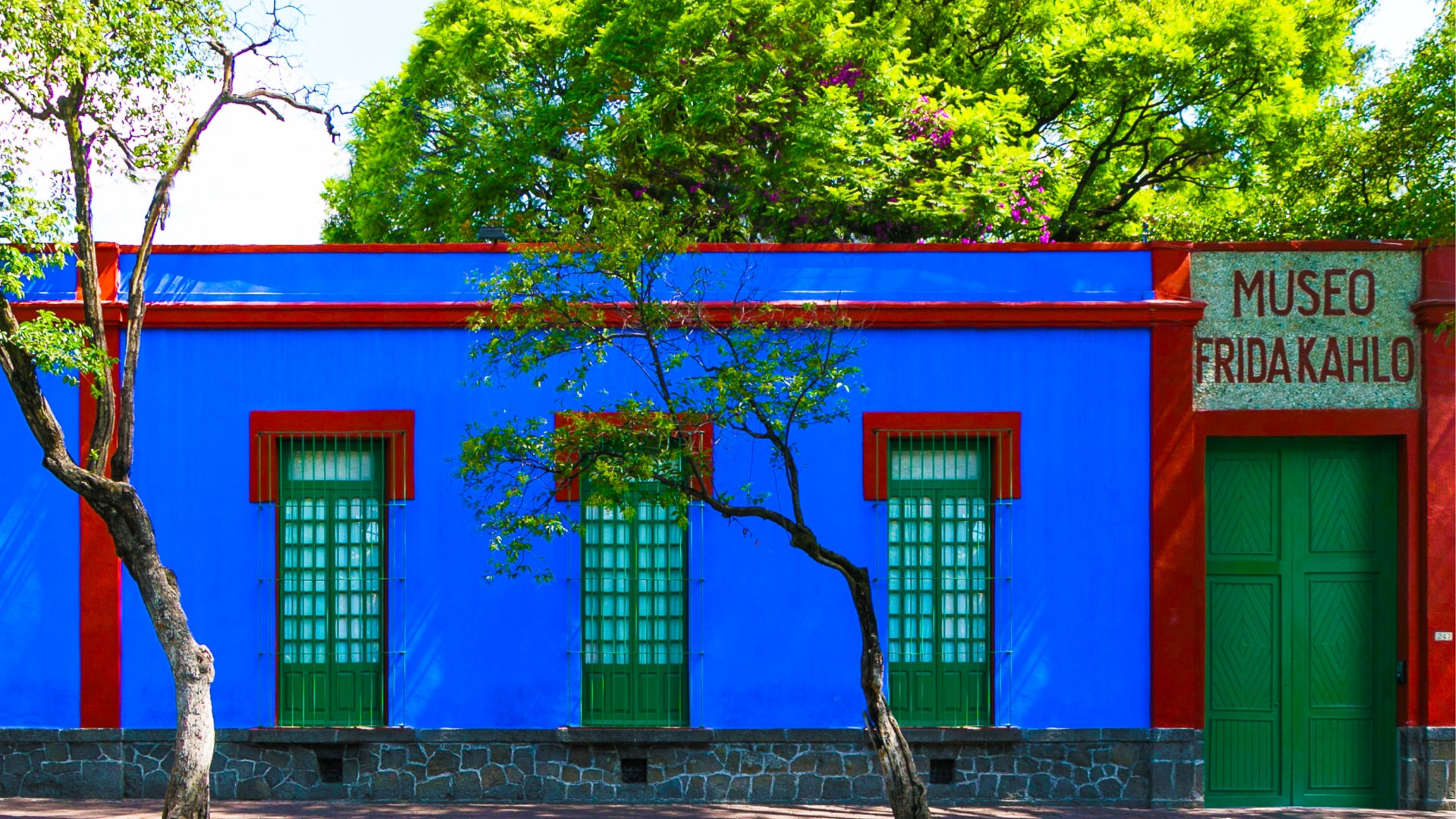
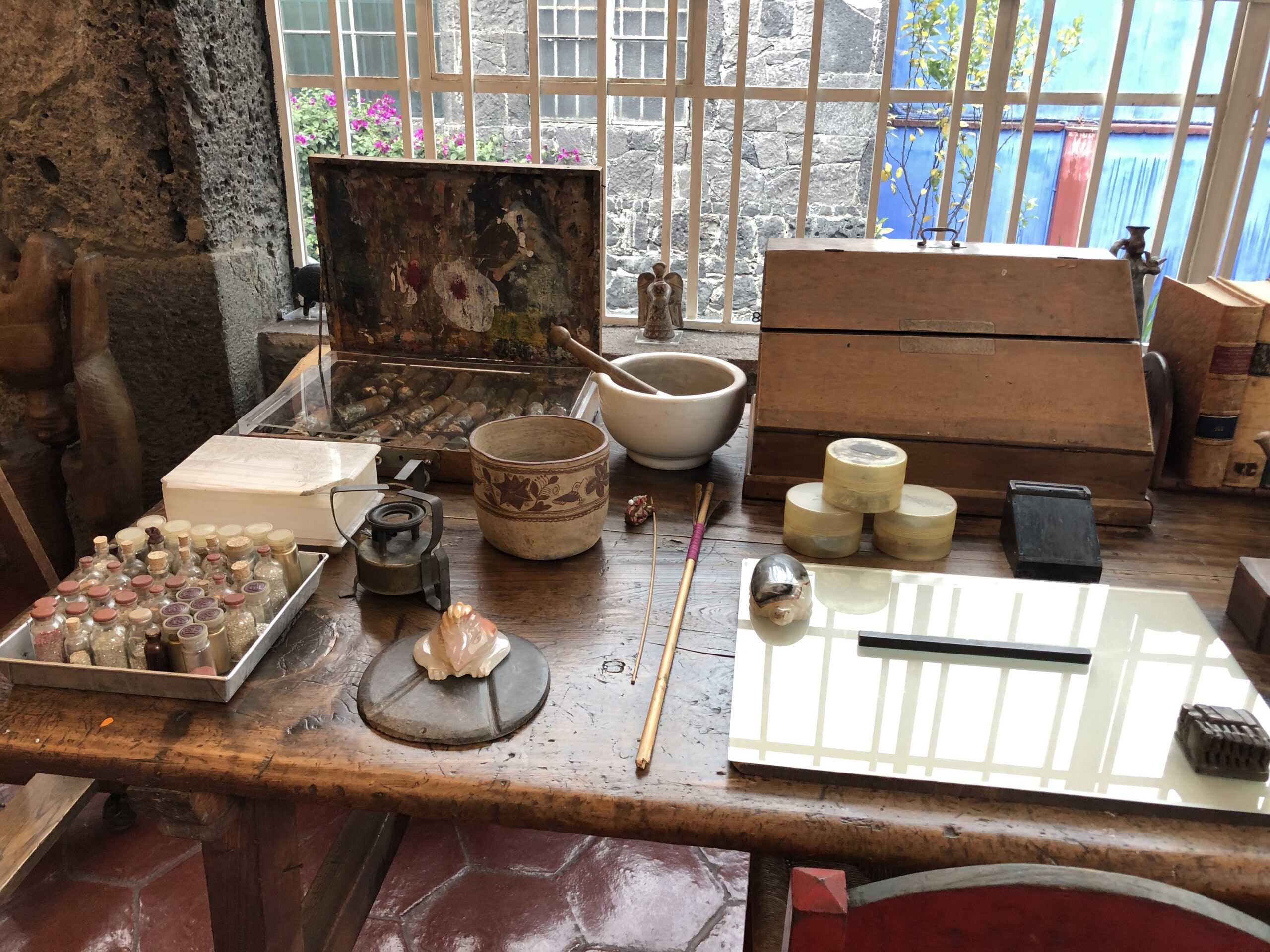
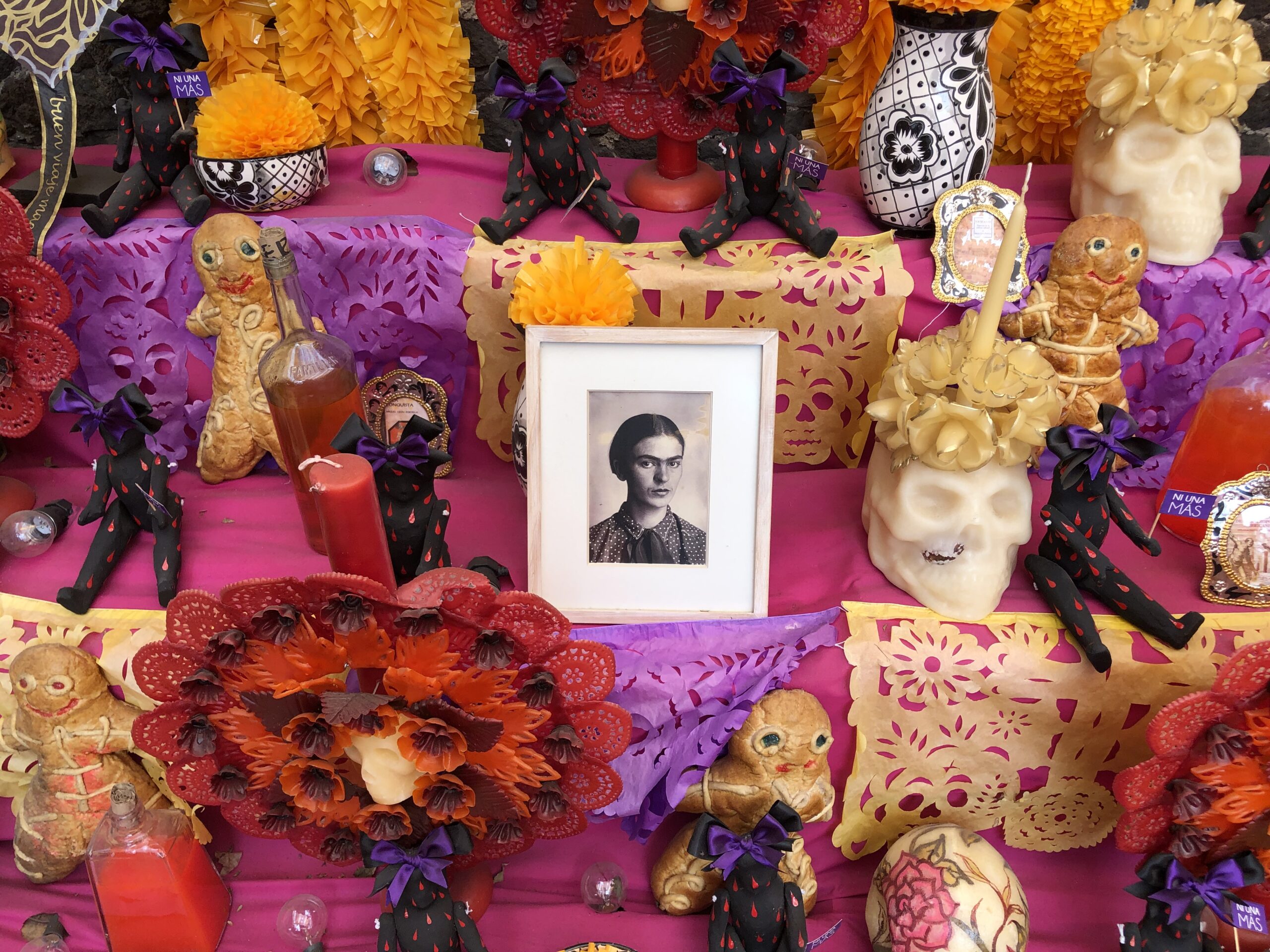
El Baile de Los 41 (The Dance of the 41)
One of the most famous stories of homosexual discrimination in Mexico is “El Baile de Los 41,” or dance of the 41. In fact, just last year Netflix released a movie based on these historical events. But it all began on November 18, 1901, when a woman called the police to make a noise complaint on La Paz Street in Mexico City’s Tabacalera neighborhood. It turned out to be a gay party, with 42 men dancing, drinking, and dressed in drag for the secret club’s annual ball. There was a political raid, and it was scandalized in the newspapers. However, the stories only mentioned 41 men because the 42nd man was said to have been the President of Mexico’s son-in-law, and his name was struck from records and reports. Now, a plaque commemorating the event hangs on the side of the José Martí Cultural Center, just across from where the controversial dance took place more than a century ago. It features a depiction of two naked male figures created by gay artist Reynaldo Velázquez Zebadúa and a quote from Mexican journalist Carlos Monsiváis.
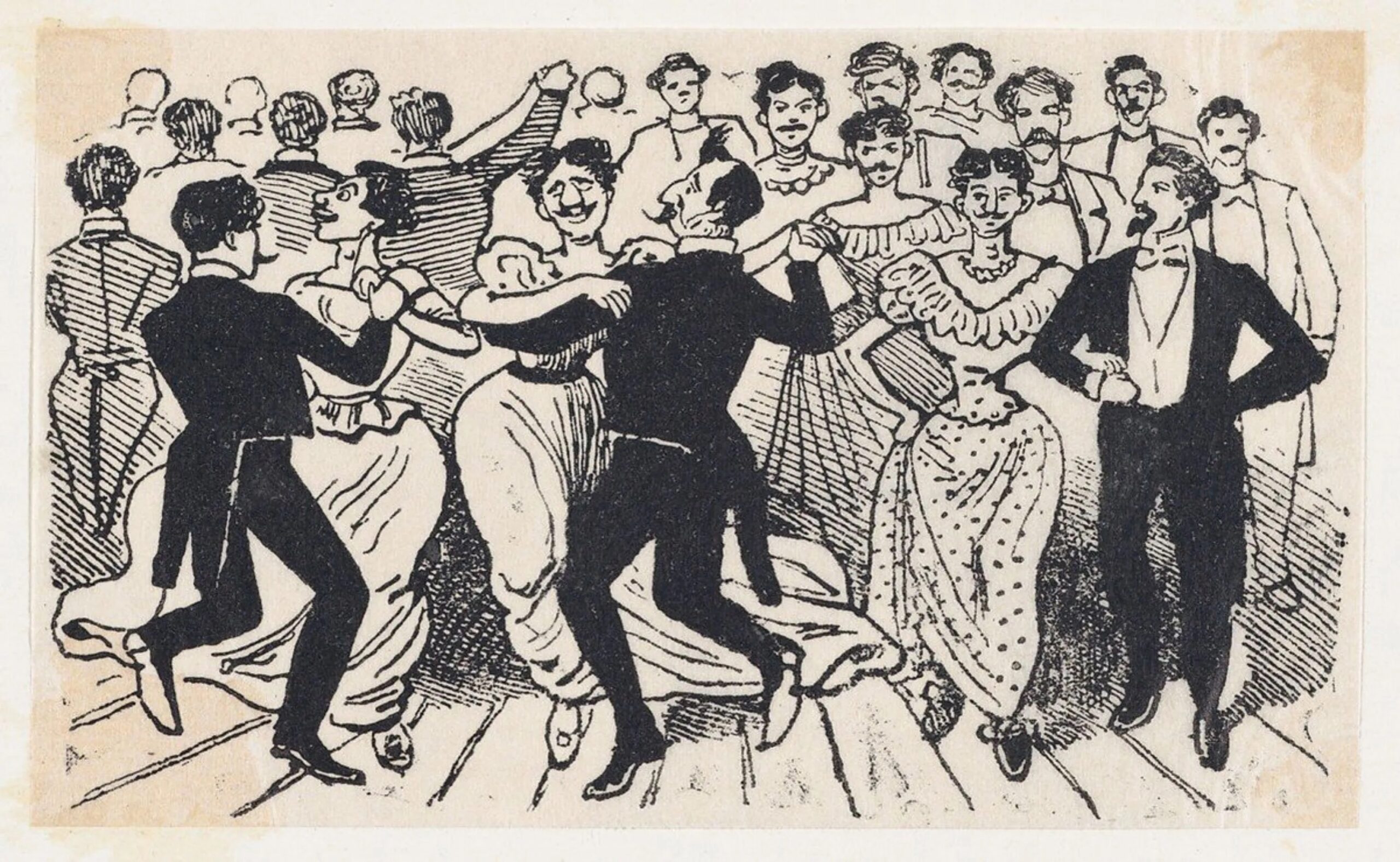
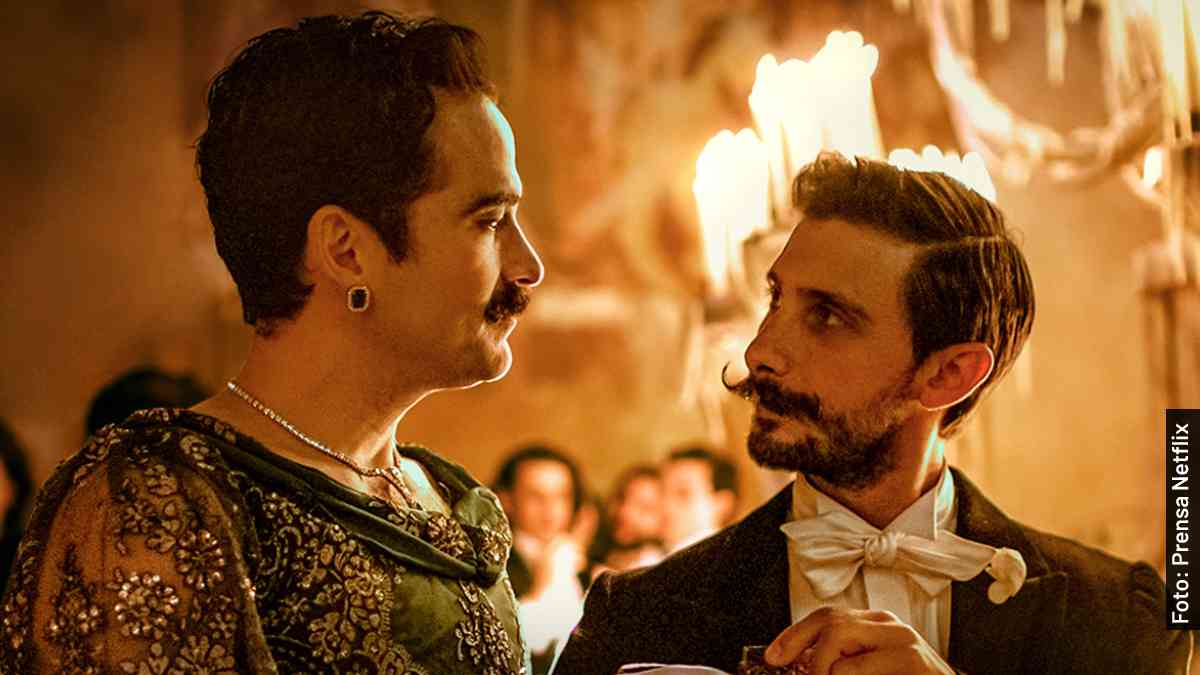
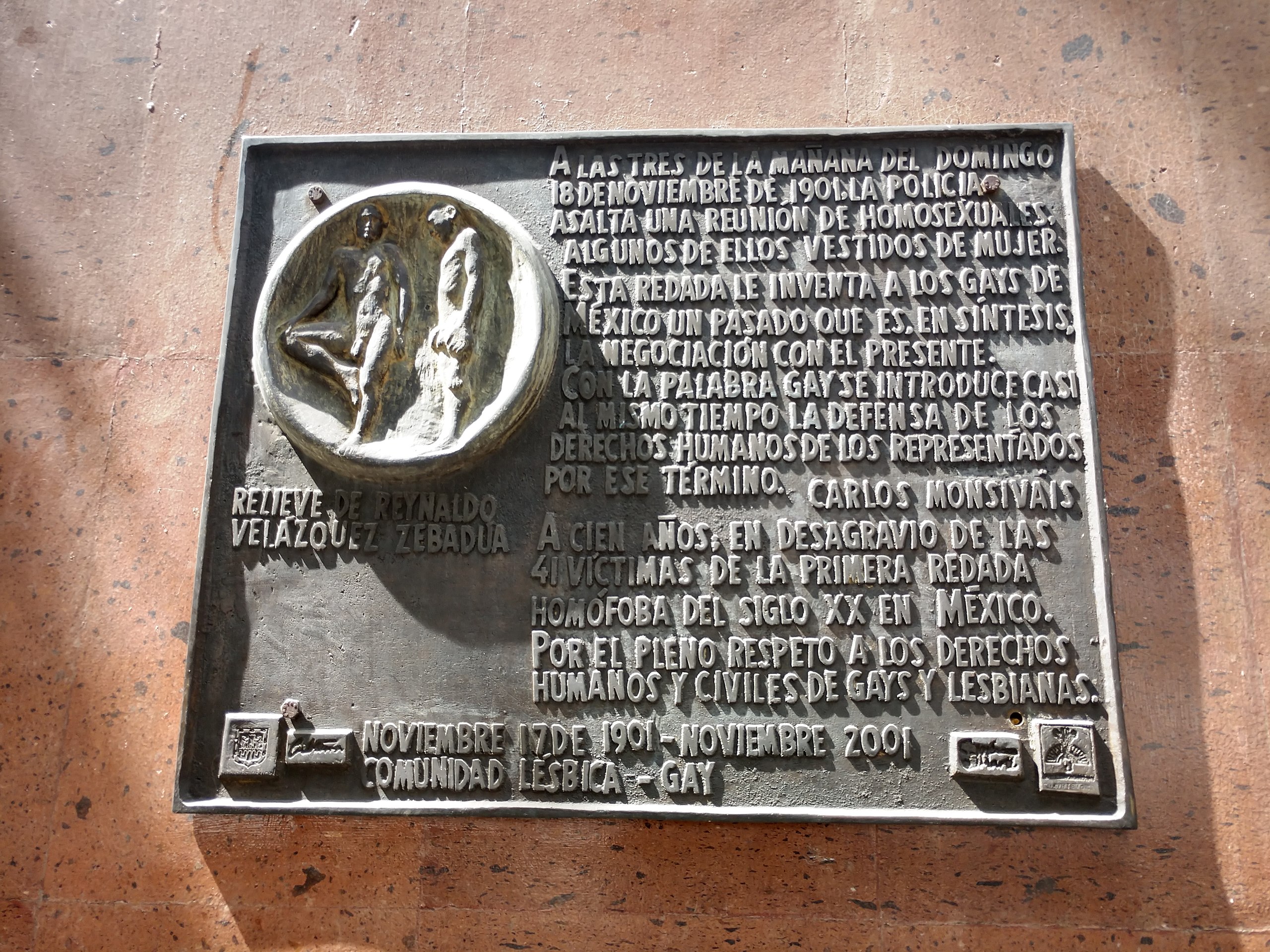
University of Cloister of Sor Juana
Another pinnacle of any LBGTQ+ tour through Mexico City is the University of Cloister of Sor Juana, or rather more so, the woman it was named after. The private university was established in 1975 but was originally constructed in 1585 as the San Jerónimo Convent where writer Sor Juana Inés de La Cruz lived for more than 27 years. The nun, most famous for her poetry as well as other works of literature, was known as the “Tenth Muse” in Mexico and rumor has it there is a memorial for her on campus. Over the years, scholars have noted that her writings express love for another woman, the Viceroy of Mexico. Those who have studied Sor Juana’s work say her passionate poems were never published all at once, in an attempt to disguise the intensity of her affection for the Viceroy. Now, you can visit this beautiful campus in the city’s historic center for a look at where her famous writings were born.
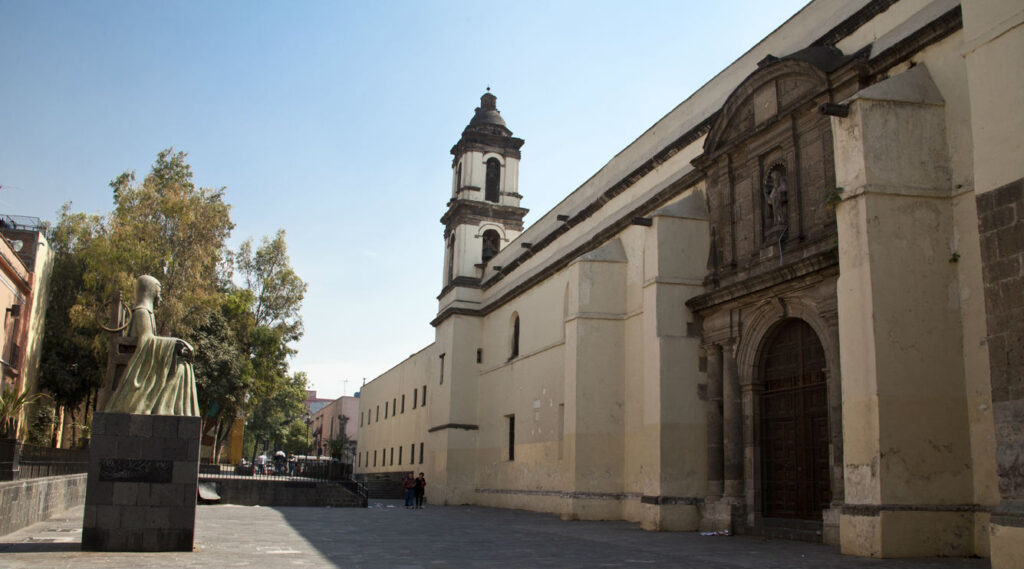
Museo de La Mujer
At the Museo de La Mujer or Women’s Museum, curators look back on Mexico’s history with a gender approach. While highlighting women who helped construct the nation, this institution also boasts film screenings, conferences, and workshops on a variety of LGBTQ+-related topics including equality and diversity. Its doors first opened in 2011 with the mission to be “a center for disseminating a new culture of equity and respect for women’s human rights.” This museum is located in Mexico City’s historic center and is just $1 for general admission and 50 cents for students and teachers. Admission is free on Tuesdays.
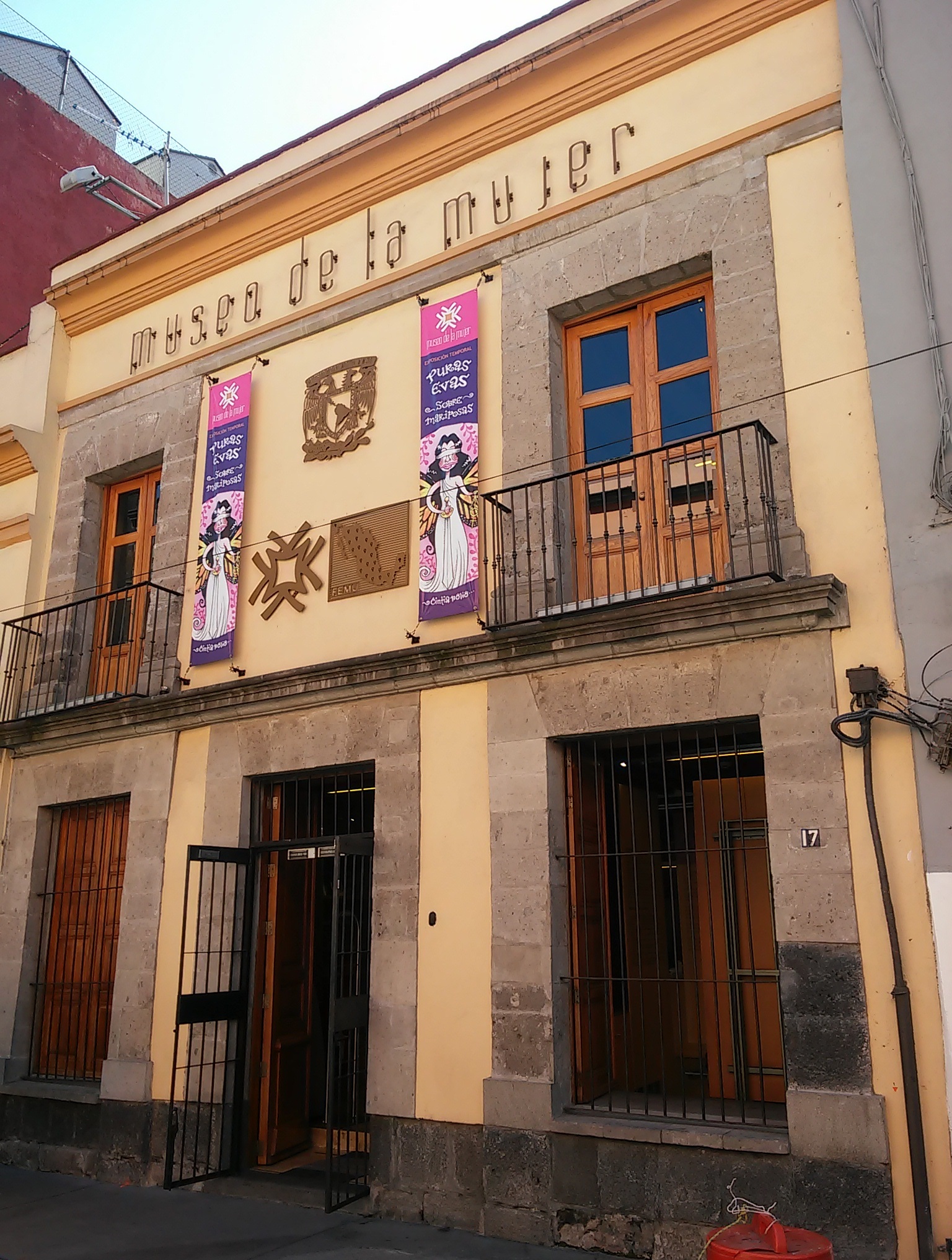

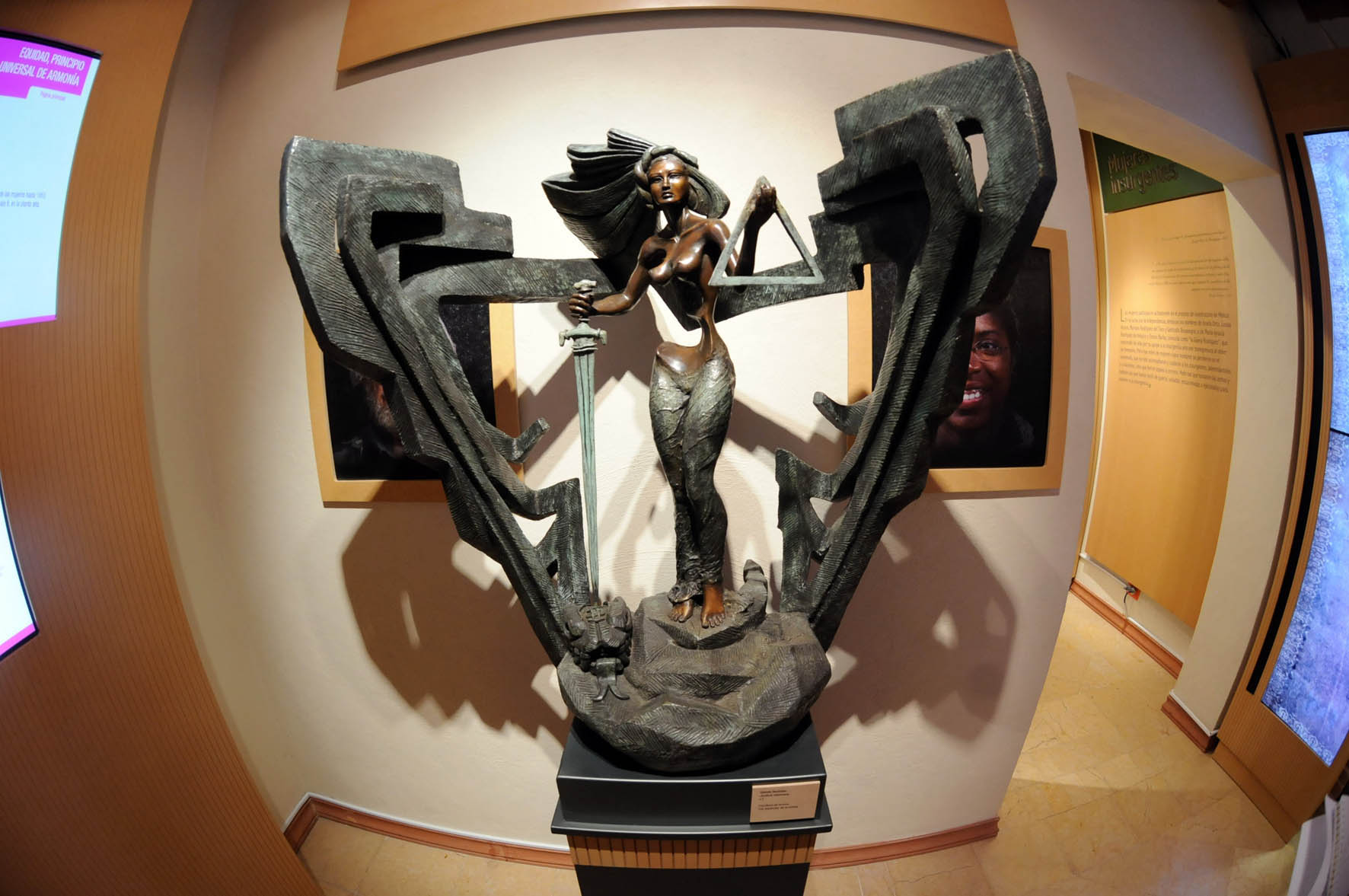
Zona Rosa
Last but not least on your list of iconic LGBTQ+ sites to see in Mexico City is Zona Rosa or Pink Zone. Here you can find drag shows, erotic shops, and karaoke on every corner in an open and accepting neighborhood like nowhere else in the world. Pride flags are in almost every storefront window and public affection feels natural and normalized. Zona Rosa also features a bubble of Korean restaurants, markets, and businesses in an area known as Little Korea or Korea Town. But perhaps one of the most iconic sights you will see in this neighborhood is the Monument of Independence. This angel statue stands more than 170 feet tall and was built on the Paseo de la Reforma, a famous street in central Mexico City. “El Ángel” serves as an important cultural monument, built in 1910 to celebrate Mexico’s independence from Spain. It also serves as a starting point for one of the largest Pride celebrations in the world every June.
